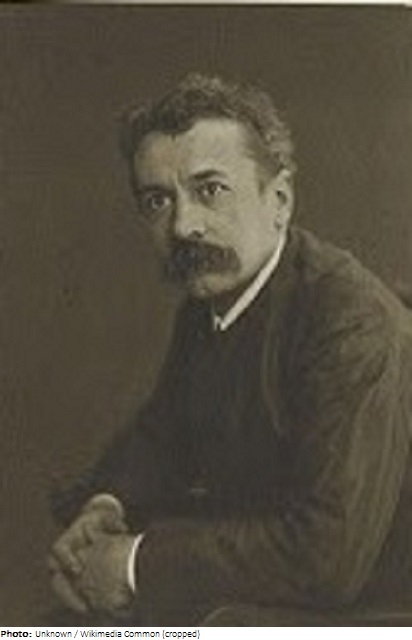Hanuš Jan Folkmann was the son of Bohemian sculptor Alois Folkmann (1850-1917). He was educated the Academies of Visual Arts in Praha (Prague) (1897-1900) and München (1900-1901). The following year, he completed his studies in Paris, where he created portrait busts and tombs. Beginning in 1903, he worked independently in Praha as a sculptor, but also as an illustrator and designer of marionettes for puppet plays. Together with Stanislav Sucharda he produced the allegoric figures for the hall of the central railway station in his hometown (1909). He also worked for German clients in Frankfurt and Berlin. Beginning in 1916, he was lecturer at the Czech Polytechnic, where he was appointed professor for architecture in 1921. With his students he undertook various study trips to the Balkans. In 1911 he was awarded the prize of the Academy of Arts and Sciences for his allegoric representation of cognition. A number of tombs by Folkmann can still be visited on various cemeteries, for instance in Praha. His preferred style was Art Noveau. A female sculptor by the name of Harriet Folkman probably never existed. The respective entry in the Official Report may have been a typo.

 Czechoslovakia
Czechoslovakia TCH
TCH